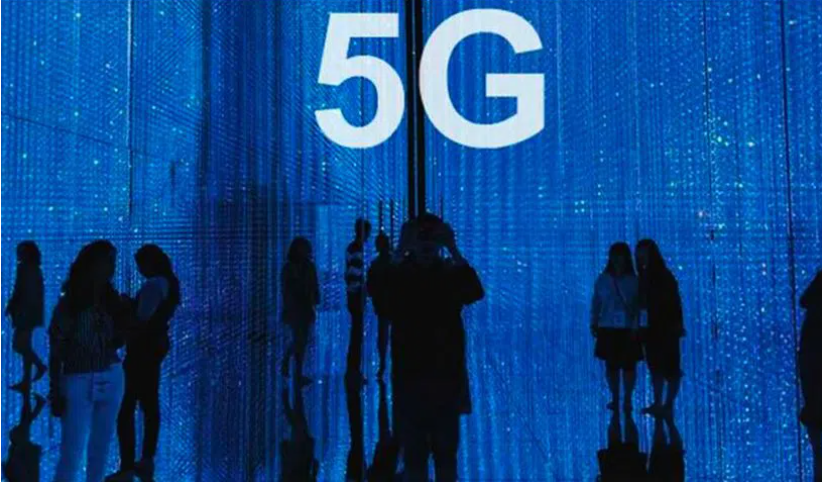Security threat looms large as 5G set to roll out

Hyderabad: Fifth generation wireless cellular networks, or in short 5G, will be launched this month. The first four generations brought a new level of connectivity. While the 3G and 4G improved mobile data, 5G seeks to expand mobile broadband access. 5G will work alongside 4G, eventually replacing it entirely. Will 5G promises to give a boost Internet of Things (IoT), Smart Cities and Industry 4.0 for efficient, safer and productive work, better traffic management and infrastructure monitoring and automation in factories, improve the speed of working, it also opens avenues for more cyber attacks calling for some care and caution.
For instance, the high bandwidth and low latency of 5G will mean that devices like body cameras, facial recognition technologies, number plate reading , drones and CCTVs will perform more efficiently. This will help the police as they have access to more refined data and clearer pictures. Communication will also be faster within the organisations as well as with emergency responders.
On the flipside, the same large bandwidth in 5G will allow criminals to embezzle databases easily. With time, more devices will get connected and this will increase the number of attacks. Cyber attacks can also get more precise. However, for the police, to be in a position to take advantage of the voluminous data that will be available through the 5G, Governments should invest in upgrading the police software infrastructure and tools. The police personnel should also be trained to detect 5G-enabled crimes, stressed K Jayanth Murali, Director General of Police (Tamil Nadu), in an article on ‘Implications of 5G roll-out for the law enforcement’ published in an English daily.
Why will 5G be prone to attacks?
In 5G, the wireless cellular network will move away from being a centralised, hardware-based switching to a distributed, software-defined digital routing. 5G will have more traffic routing points. In the current networks, the hardware acts as choke points and denies attacks. To be completely secure, all traffic routing points have to be monitored. Any unsecured areas might compromise other parts of the network.
Existing networks are limited in speed and capacity and this helped service providers monitor security in real-time. The large bandwidth in 5G creates additional avenues of attack. The added speed and volume will challenge or put pressure on the security apparatus.
The cell sites use 5G’s dynamic spectrum sharing capability to allow multiple streams of information to share the bandwidth in slices. The network becomes vulnerable as more smart devices are attached to the Internet of Things. Each device is a small computer. Current and future vulnerabilities of the existing internet infrastructure are intensified. The risk of sophisticated botnets, privacy violations, and faster data extraction can escalate with 5G. Mobile phone, computers, smart home devices, car’s infotainment systems, smart TVs, door locks, refrigerators, speakers, and other household devices that connect to the internet, bluetooth or others can be the weak link. They should have the latest version of apps, firmware and operating system, suggested Kaspersky on its resource centre.
Possible attacks
Botnet attacks control a network of connected devices to puppeteer a massive cyberattack
Distributed denial-of-service (DDoS) overload a network or website to take it offline
Man-in-the-Middle (MiTM) attacks intercept and change communications between two parties
Location tracking and call interception can be done if someone knows about broadcast paging protocols
How to prepare for 5G
Install anti-virus solution on all devices
Use a virtual private network (VPN) to encrypt internet traffic on unsecured networks and protect online identity, and hide IP to stop strangers spying on your online activity.
Practice strong password security with long strings of random characters using uppercase, lowercase, symbols, and numbers.
Update the default passwords on all IoT devices.







